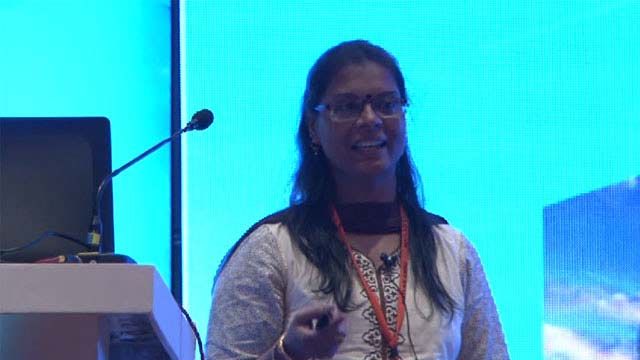New Trends in MEMS Design with Implications for Modeling and Simulation
From the series: MathWorks Research Summit
Dr. Mary Ann Maher, SoftMEMS LLC
The increasing pressures on profitability of microelectronic mechanical systems (MEMS) design and manufacture is driving a push to increasingly include intelligence in end products incorporating MEMS. The corresponding data analytics methods, however, are software-based and require developing entirely novel expertise compared to the hardware pedigree of the MEMS industry. For example, typical applications nowadays require data from multiple sources, requiring data conditioning to ensure validity, and then providing them to sensor fusion algorithms. In addition, security of data is a source of concern to prevent hacking and faulty sensor outputs.
MEMS are almost always combined with electronics. To be able to use models in design, the sensor models must be compatible with the software tools used to explore couplings between the MEMS and their associated electronics. In particular, the highly nonlinear behavior of MEMS devices, oftentimes when they go outside of their specifications, is still very difficult to capture for system-level studies and is an important area of MEMS research.
Because of the small form factor of many end products, it is essential to understand the interaction of a MEMS device with its package and all of the devices that surround it. These packaging and integration complications further pronounce the need for good component models and models of interaction at the system level.
On the manufacturing side, it is important to model variations in device behavior when they are produced in volume. SoftMEMS addresses this “lab-to-fab problem” by combining MATLAB® with a manufacturing simulator, so different manufacturing faults and tolerances can be simulated and their impact at the MEMS design level can be analyzed.
Modeling and simulation challenges stem from the multiple domains involved (among others, ultrasonic, mechanical, and magnetic) and the multiple temporal and spatial scales that are covered. Moreover, collaboration must be supported between different modeling experts who work at different levels of abstraction and with different specialized tools (e.g., a surface simulator, a material simulator, a package simulator). Across the ecosystem of tools, MathWorks products are a common denominator and SoftMEMS provides the bridges to support the necessary combinations.
Published: 13 Feb 2018





